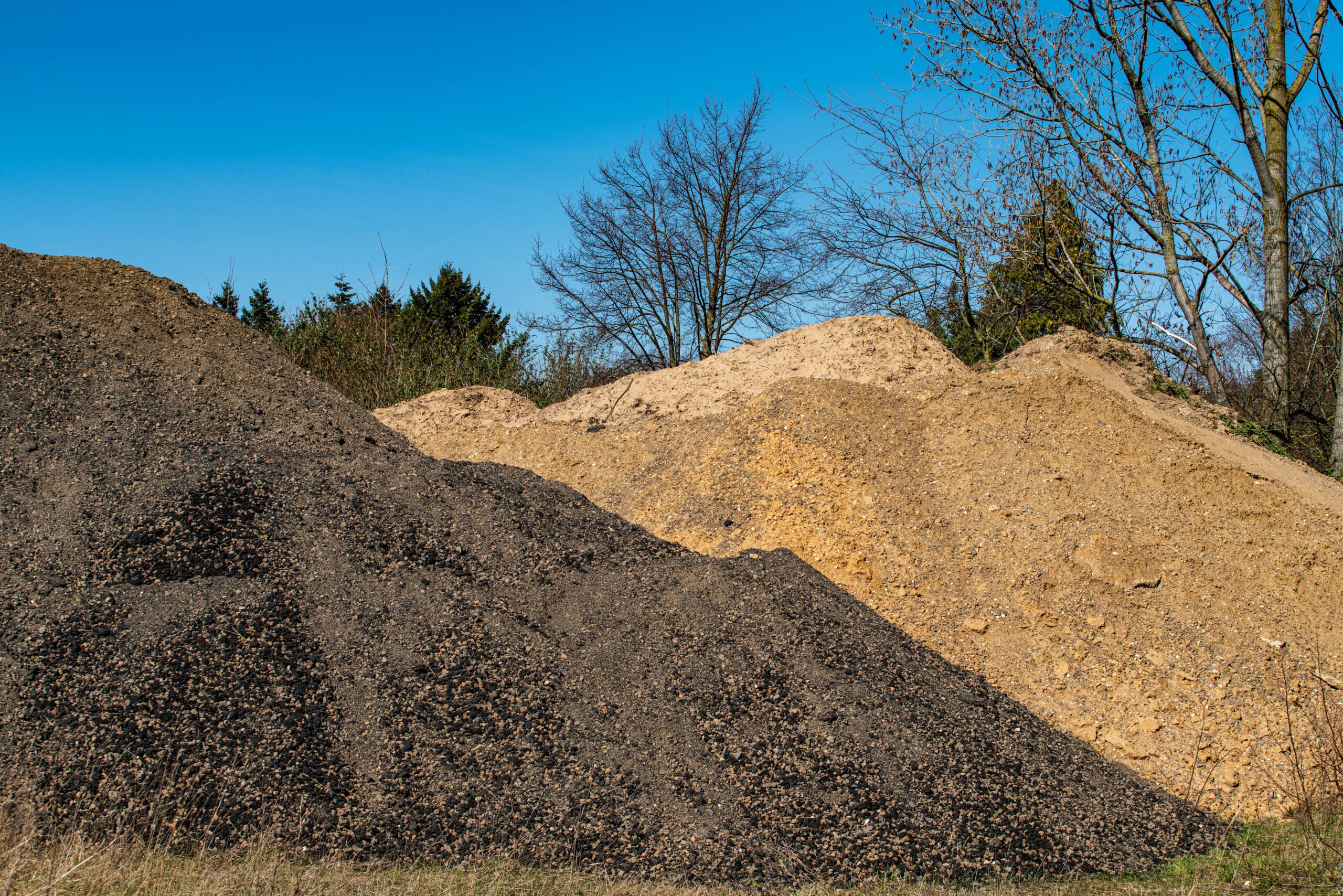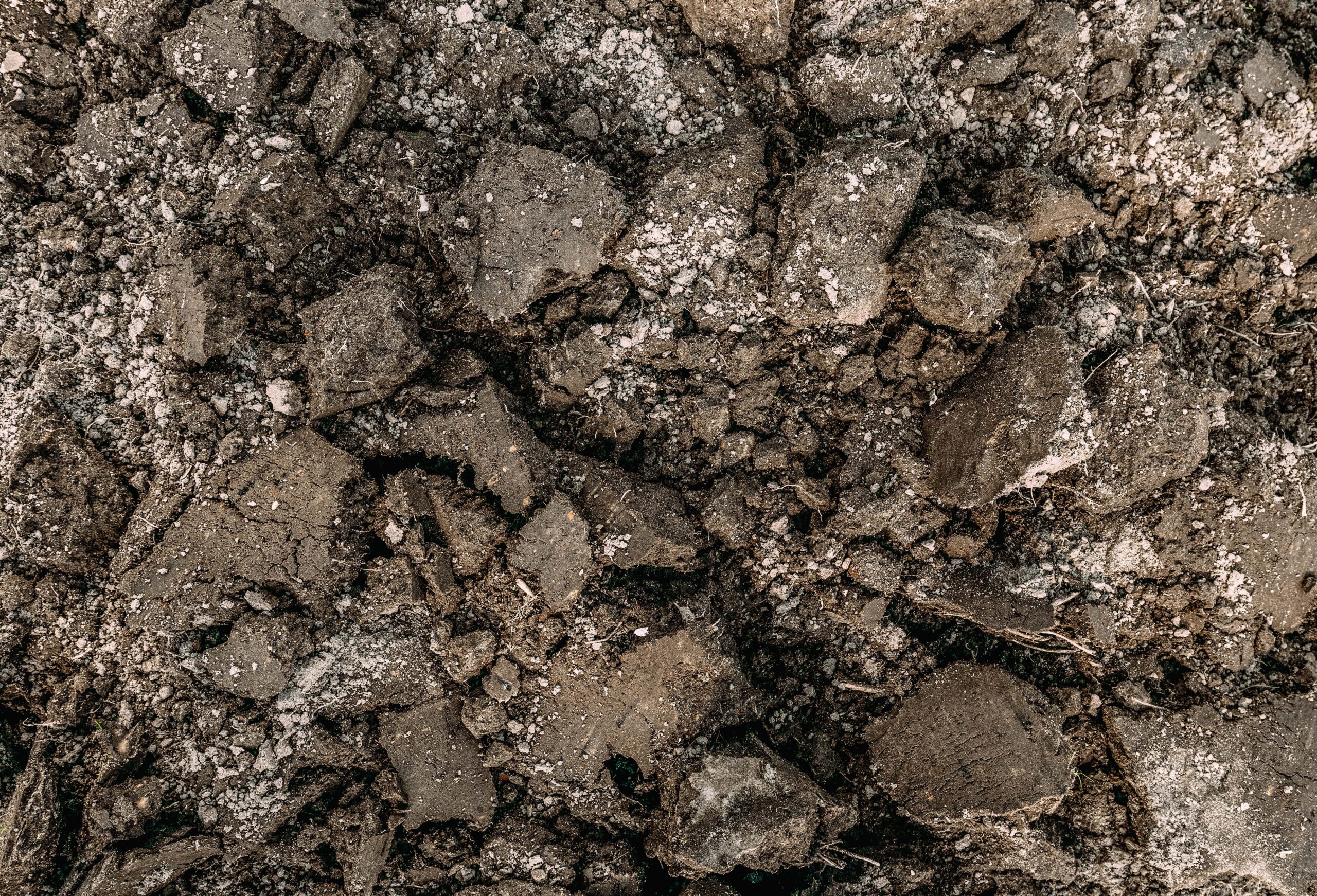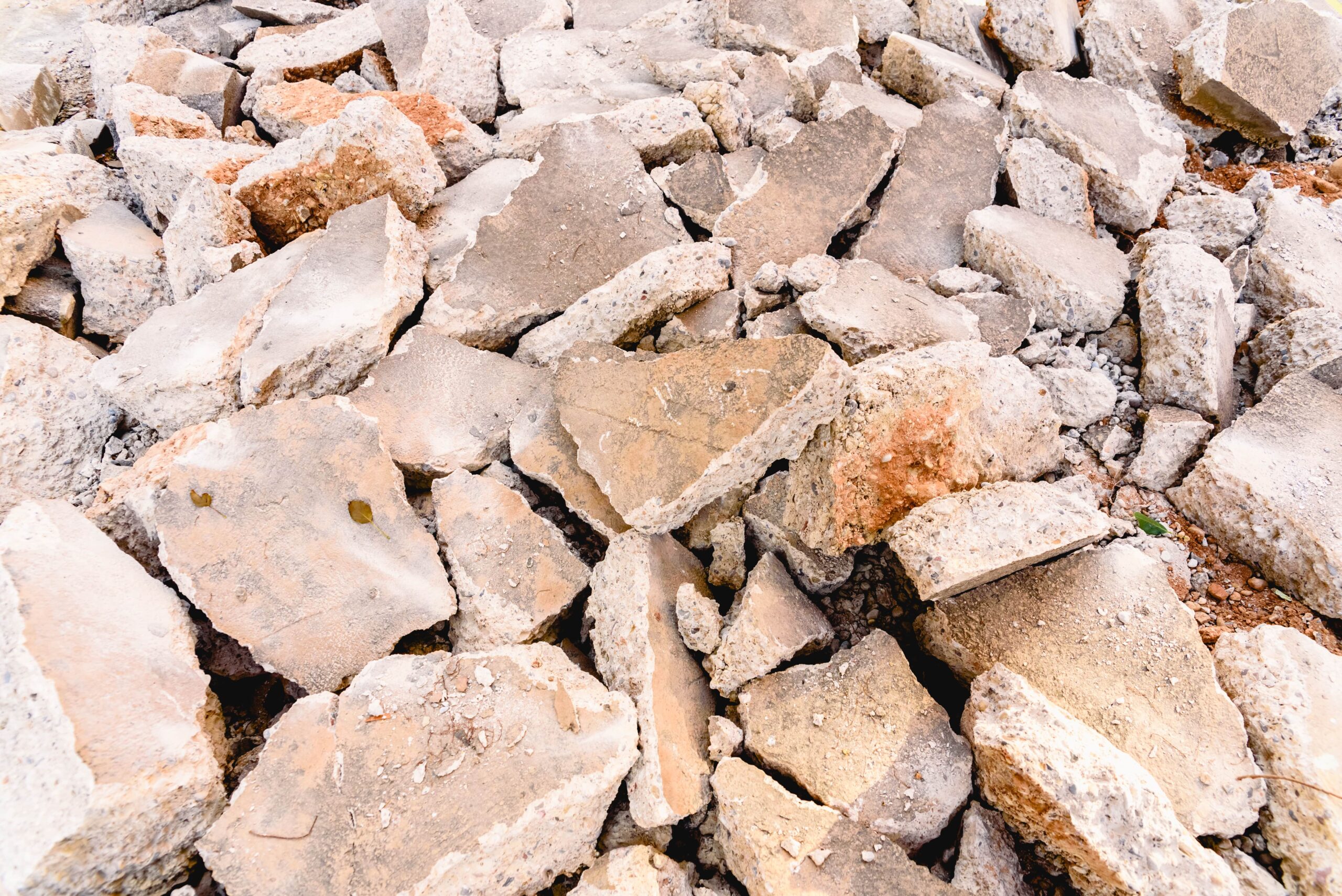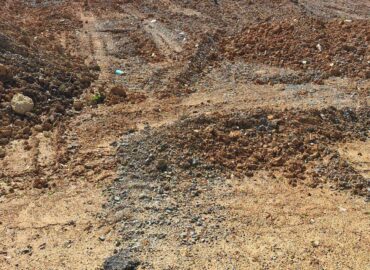Material costs are often a key consideration when planning a construction or landscaping project. Crushed granite and gravel are two popular choices with unique qualities and pricing. Understanding how these materials differ can help you determine the most cost-effective and suitable material for your project.
While crushed granite is generally more expensive than gravel, the choice between the two depends on your specific needs, project scope, and long-term goals.
The Basics of Crushed Granite and Gravel
Crushed Granite
Crushed granite is made from natural stone and broken down into smaller pieces. It’s known for its durability, premium appearance, and versatility. Its higher cost reflects the labor-intensive process required to source and crush the stone and its aesthetic appeal.
Crushed granite often features a range of colors, from gray and pink to more vibrant hues, which makes it a popular choice for high-visibility projects.
Gravel
Gravel, on the other hand, is typically made from naturally weathered rocks or crushed concrete. It’s widely available, affordable, and practical for many applications.
Although it doesn’t have the polished look of crushed granite, gravel is a cost-effective and functional option for projects where aesthetics are less of a priority.
Cost Considerations
Crushed granite is generally more expensive than gravel due to the processing and sourcing involved. Gravel, especially if sourced locally or made from recycled materials like crushed concrete, tends to be a more budget-friendly option.
These factors can influence pricing for both crushed granite and crushed concrete:
- Material Availability: Prices may be more competitive in areas where granite is abundant.
- Project Size: Larger projects requiring greater aggregate building materials will likely have a more substantial price tag.
- Transportation Costs: Sourcing materials locally can help control costs, regardless of your chosen aggregate material.
When to Choose Crushed Granite
Crushed granite is ideal for projects prioritizing durability, aesthetics, and long-term performance.
Consider it for:
- Driveways: Crushed granite adds a polished, premium look for upscale homes or commercial properties while standing up to heavy use.
- Landscaping: Its natural beauty makes it perfect for paths, garden borders, and decorative features.
- High-Traffic Areas: Crushed granite is durable enough to handle heavy foot or vehicle traffic without wearing down as quickly as some alternatives.
While it comes at a higher price point, the visual appeal and longevity of crushed granite often justify the investment for these applications.
When to Choose Gravel
Gravel is a practical and cost-effective solution for a wide range of projects. It’s a great choice for:
- Foundations and Underlayment: Gravel can be the foundation or help stabilize concrete slabs or pavers as a stable and affordable base.
- Driveways and Access Roads: Gravel provides an economical solution for rural properties or areas where function is more important than appearance.
- Drainage Projects: The excellent drainage properties of gravel make it ideal for French drains, retaining walls, or other water management systems.
The lower cost and wide availability of gravel make it a go-to material for projects where budget and durability are the priority.
Weighing Long-Term Costs
While crushed granite may have a higher upfront cost, it can offer better value over time for certain projects. Its durability means fewer repairs or replacements, which can offset the initial expense.
For example, a driveway made of crushed granite may cost more to install but require less maintenance over the years than gravel.
The Sustainability Factor
For contractors and builders prioritizing sustainability, both materials offer eco-friendly options. Recycled crushed granite and gravel from crushed concrete are environmentally responsible choices that reduce costs.
Choosing locally sourced materials can minimize your project’s environmental impact by reducing transportation emissions.
Making the Right Choice
Ultimately, deciding between crushed granite and gravel depends on your preference and requirements.
When deciding, consider:
- Budget: Determine how much you’re willing to invest in materials.
- Functionality: Assess the purpose of the material in your project.
- Aesthetics: Decide whether appearance is a priority.
- Longevity: Think about long-term maintenance and replacement costs.
The affordability and practicality of crushed concrete gravel may be a better fit for contractors working on large-scale builds or clients with tight budgets. Crushed granite is often worth the additional cost for projects where aesthetics and appearance matter.
Source Aggregate Materials Locally With Borrow Pit
Do you need aggregate materials for your next project? Borrow-Pit connects you with local suppliers for crushed granite, gravel, and more, and it is ready when you are.
Save time, cut costs, support sustainability, and keep your projects moving. Create an account on Borrow-Pit today and build smarter!




